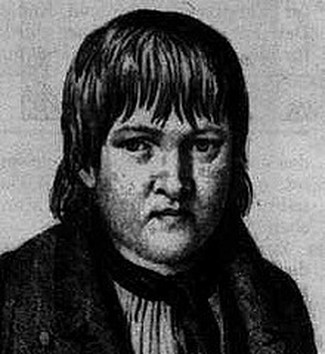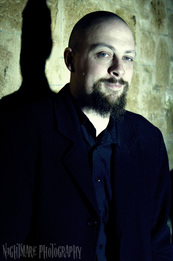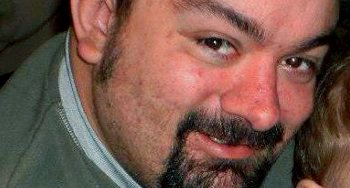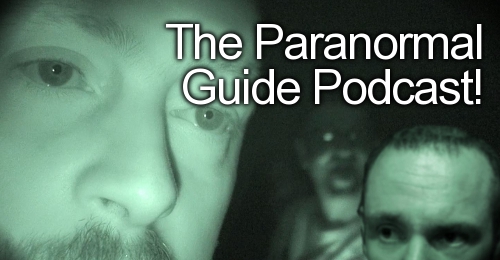
May 23, 1934
 Bonnie and Clyde.
Bonnie and Clyde. The pair along with their gang had been wanted by law enforcement officers for the many robberies and murders they had committed throughout the Central United States. They robbed banks, general stores and gas stations and along the way murdered at least nine police officers and a small number of civilians.
The duo known in the press and media simply as Bonnie and Clyde gained the publics attention with their wild and youthful ways, but most importantly of all the 'sassy' photos showing Bonnie wielding guns and smoking cigars.
Law enforcement needed to put an end to the crimes and an ambush was set up along the Louisiana State Highway 154. A posse of four Texas police officers and two Louisiana officers had learned of where the duo were travelling and set up in hiding in the bushes along side the road.
 The shot up Ford.
The shot up Ford. When the firing ceased Bonnie Parker and Clyde Barrow were dead from multiple gunshot wounds. - 26 entry wounds to Bonnie and 17 to Clyde. News travelled quickly and before the police could successfully close off the scene people were seen to cut off bloody strips from Bonnie's dress and hair and people attempted to cut off Clydes trigger finger and ears.
Eventually the scene was closed and secure and the dead duo were taken to the Conger Funeral Parlour where the undertaker had difficulty embalming the bodies due to the many bullet wounds. Bonnie and Clyde had wanted to be buried side by side but this was prevented by Bonnie's family. Regardless, thousands turned up for the separate funeral services – and estimated 20,000 turning up for Bonnie's funeral alone.
As for the famous Bonnie and Clyde Car, it was purchased by the Primm Valley Resort and Casino in 1988 for $250,000 and put on display.
May 25, 1870
 Captain Thunderbolt.... or his brother?
Captain Thunderbolt.... or his brother? His release was to allow him to work on a farm in Mudgee but soon he was back to his horse stealing and was once again apprehended and sent back to Cockatoo Island. It was here that his legend really begins. On the night of September 11 1863, Ward and a fellow inmate did the impossible and escaped from the escape proof prison simply by swimming the waters of the harbour to set foot back on the mainland soil.
Escaping from prison being one of the major acts of crime a person could commit Ward set to life as a bushranger. His first robbery was of a shepherds hut near Uralla but several days later he was identified and shot behind the knee by troopers. This did not do a lot to slow him down as Ward went on a six year long bushranging spree robbing inns, stores, stations, homes and mail men under the guise of 'Captain Thunderbolt'.
In this time he joined and formed several gangs before being shot and killed by Constable Alexander Walker while robbing travellers on May 25, 1870. However many believe it was not Captain Thunderbolt who died that day but rather his brother William...
May 26, 1828
 Kaspar Hauser.
Kaspar Hauser. The author had received the boy as an infant and was instructed to educate him and bring him up with a Christian religion but to never let him leave the house.
A second letter provided the boys name – Kaspar Hauser, and his age, 16.
A shoemaker took the boy into his home where a more full story was detailed. At first Hauser could only say very little repeating such phrases as "I want to be a cavalryman as my father was" and the word "horse". Although Hauser was 16 he only had the mental proficiency of a 6 year old.
It was a while before more details on Hauser's life were revealed by Hauser himself. Eventually it was learned that he had spent most of his life living in a very small cell, not tall enough to stand in. His only furnishing was a stray mattress and his only possession was a hand carved wooden horse. He was fed on bread and water which was at times drugged and Hauser would awaken to find his hair cut and nails trimmed.
Soon Hauser was given to the care of a schoolmaster who began to teach him and soon found that he was an excellent drawer. A curiosity about Hauser was soon discovered – he was strangely sensitive to magnetic poles. This was just a curiosity but strange nonetheless.
In October 1829 Hauser was found bleeding from a cut in his head in the Schoolmasters cellar. He said he had been attacked while he was sitting on the toilet and that he recognised his attackers voice as the same as the man who took him to Nuremberg.. After this incident officials provided him with a police escort and placed him into the care of a municipal authority.
 Monument to Kaspar Hauser.
Monument to Kaspar Hauser. Hauser died of his wound three days later and was buried in a simple grave, the headstone reading "Here lies Kaspar Hauser, riddle of his time. His birth was unknown, his death mysterious.
A small monument was erected in the Court Garden where he was stabbed, it reads "Here a mysterious one was killed in a mysterious manner."
Many believed that Kaspar Hauser was a secret heir to a very prominent family – the House of Baden. Hauser's murder gave rise to further rumours along these lines. However many people believe Hauser's story of his life in the cell as a fabrication created by Hauser, the attempts on his life being further lies.
Still he is an enigma wrapped in a mystery and as to who he was we will probably never really know.





 RSS Feed
RSS Feed
